Filter by
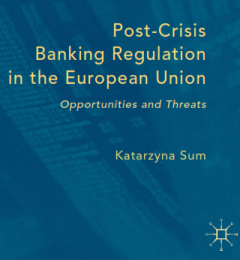
Post-Crisis Banking Regulation in the European Union; Opportunities and Threats
Krisis keuangan baru-baru ini mengungkapkan kelemahan substansial dalam kerangka peraturan perbankan Uni Eropa (UE). Regulasi sebelum krisis dibangun terutama berdasarkan pedoman Basel II dan aturan-aturan yang diselaraskan untuk bank-bank Uni Eropa berdasarkan Petunjuk Perbankan Kedua dan Rencana Aksi Jasa Keuangan. Solusi regulasi tersebut ternyata tidak cukup untuk mencegah ledakan kredit ya…
- Edition
- -
- ISBN/ISSN
- 978-3-319-41378-5
- Collation
- -
- Series Title
- -
- Call Number
- 346.082 SUM p
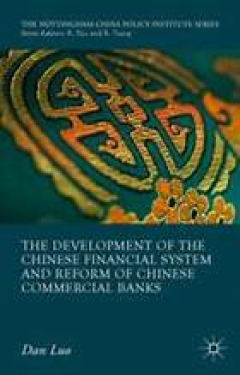
The Development of the Chinese Financial System and Reform of Chinese Commerc…
The Chinese financial sector, despite having been developed at a much later stage compared with other developed nations, has achieved substantial progresses over the past decades. By the end of 2014, a total of 16 commercial banks had been listed on the stock exchanges, exerting strong impact onto the market indices and contributing significantly to the country's sustained economic growth. This…
- Edition
- 1
- ISBN/ISSN
- 978-1-137-45466-9
- Collation
- XIII, 247,
- Series Title
- The Nottingham China Policy Institute Series
- Call Number
- -

Smart Cities in Asia Regulations, Problems, and Development
This open access book examines different aspects of smart cities, including technology, urban development, sustainable development, finance, and privacy and data protection. It also covers a wide range of jurisdictions in Asia-Pacific: Hong Kong, Indonesia, Malaysia, Singapore, Thailand, and Vietnam. The book consists of two main parts. The first part includes general chapters that conceptualiz…
- Edition
- -
- ISBN/ISSN
- 9789811917011
- Collation
- -
- Series Title
- -
- Call Number
- -
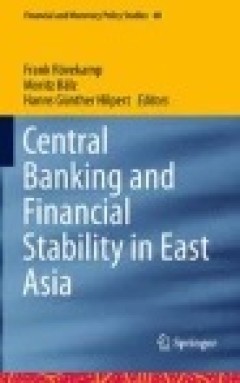
Central Banking and Financial Stability in East Asia
This book explores financial stability issues in the context of East Asia. In the East Asian region financial stability has been a major concern ever since the Asian crisis of 1997/98, which still looms large in the collective memory of the affected countries. The global crisis, which had its starting point in 2007, only served to exacerbate this concern. Safeguarding financial stability is the…
- Edition
- -
- ISBN/ISSN
- 978-3-319-17380-1
- Collation
- -
- Series Title
- -
- Call Number
- 332.1

Central Bank Regulation and the Financial Crisis : A Comparative Analysis
The respective legal frameworks that control central banks are shaped by whether they are market oriented or government controlled. However such stark distinction between these two categories has been challenged in view of the varying styles of crisis management demonstrated by different central banks during the crisis. This book uses comparative analysis to investigate how the global financial…
- Edition
- -
- ISBN/ISSN
- 978-1-137-56308-8
- Collation
- -
- Series Title
- -
- Call Number
- 332.1

Central Bank Ratings A New Methodology for Global
When the global financial crisis broke, central banks in both the US and the UK undertook massive asset purchase programmes which resulted in considerable increase in assets. Cross-border spillover effects were noted across global economies. Balance sheet adjustments may eventually gnaw at the profit-earning capacities of central banks, and in extreme cases, negative equity can manifest. Thi…
- Edition
- -
- ISBN/ISSN
- 978-1-137-52401-0
- Collation
- -
- Series Title
- -
- Call Number
- 332.1
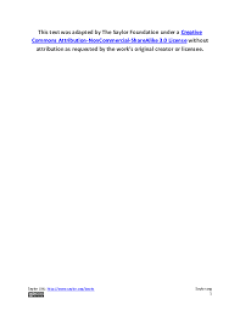
Money and Banking
This book is designed to help you internalize the basics of money and banking. There is a little math, some graphs, and some sophisticated vocabulary, but nothing terribly difficult, if you put your brain to it. The text’s most important goal is to get you to think for yourselves. To fulfill that goal, each section begins with one or more questions, called Learning Objectives, and ends wit…
- Edition
- -
- ISBN/ISSN
- -
- Collation
- -
- Series Title
- -
- Call Number
- 330
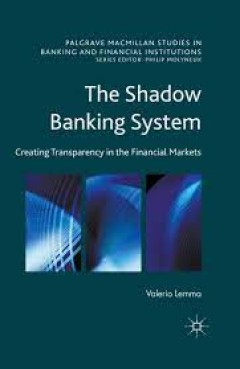
The Shadow Banking System Creating Transparency in the Financial Markets
The book shows the fundaments of the shadow banking system and its entities, operations and risks. Focusing on the regulatory aspects, it provides an original view that is able to demonstrate that the lack of supervision is a market failure.
- Edition
- -
- ISBN/ISSN
- 978-1-137-49613-3
- Collation
- -
- Series Title
- -
- Call Number
- -
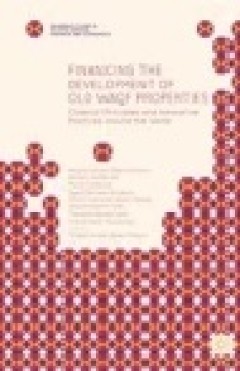
Financing the Development of Old Waqf Properties
This book presents successful case studies in Muslim and Muslim minority countries that have revolutionized the redevelopment of idle waqf properties into productive land trusts. The revival of this institution over the last two decades shows the growing optimism in galvanizing the socioeconomic role of waqf by adopting its flexible shariah measures. Innovative ways of financing redevelopment a…
- Edition
- -
- ISBN/ISSN
- 978-1-137-58128-0
- Collation
- XXVII, 267
- Series Title
- Palgrave Studies in Islamic Banking, Finance, and Economics
- Call Number
- -

Biobanking in the 21st Century
Biobanking, an emerging field supported by academia, industry and health administrators alike, is distinctly different today from the practice that once defined it. The science of Biobanking, which initially involved simply storing blood or tissue samples in a freezer, is now a highly sophisticated field of research, and expected to grow exponentially over the next decade or two. This book aims…
- Edition
- -
- ISBN/ISSN
- 978-3-319-20579-3
- Collation
- -
- Series Title
- -
- Call Number
- 332.1
 Computer Science, Information & General Works
Computer Science, Information & General Works  Philosophy & Psychology
Philosophy & Psychology  Religion
Religion  Social Sciences
Social Sciences  Language
Language  Pure Science
Pure Science  Applied Sciences
Applied Sciences  Art & Recreation
Art & Recreation  Literature
Literature  History & Geography
History & Geography